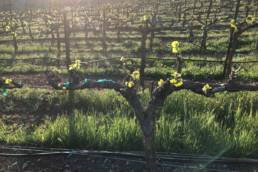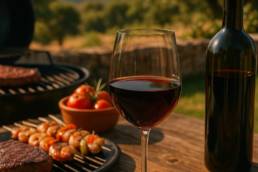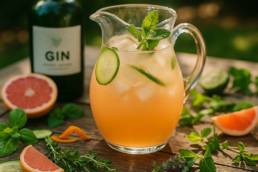Morning News – December 2024 – Wines to Buy Your Favorite Wine Writer
The Holiday season has burst forth on the scene, and with it the exuberance of purchasing that perfect gift for our family, friends and loved ones. Gifting wine can be a difficult endeavor as many of us have issues navigating the retail shelves for our own consumption. Rather than just selecting a bottle based on shelf placement or label art, choosing your wine related to style offers exponentially greater success.
Obviously, the difficulty becomes having knowledge of what each bottle tastes like without popping the corks and tasting in the store; a strategy that may get you banned for life. Instead, you can place your trust in this self-professed, over-studied wine geek to taste (almost all) of those bottles in proxy and relay the appropriate information for your gift-giving needs.
The explanation eludes me as to why shoppers tend to shy away from white wines during the Holiday season. Perhaps the subconscious belief that red wine is better quality than white or that white wine consumption makes better bedfellows with warmer weather has something to do with it. My exasperated sighs cannot fully capture this statement’s level of incorrectness. One need look no further than Alsace to gain understanding of what white wines can fully offer.
Alsatian Gewürztraminer
Alsace is a special place with its high altitudes and, although an amalgam of French and German culture, somehow maintains their own separate identity. All the Alsatian white wines I’ve had the pleasure of tasting offered complexity, sturdy acidity and a notch up with palatal texture and viscosity. I especially think the dry styled Rieslings here are a good choice for “blind” gifting as they are a crowd-pleaser, satisfying a broad range of tasting preferences.
the Alsatian white wines I’ve had the pleasure of tasting offered complexity, sturdy acidity and a notch up with palatal texture and viscosity. I especially think the dry styled Rieslings here are a good choice for “blind” gifting as they are a crowd-pleaser, satisfying a broad range of tasting preferences.
If your recipient is a wine geek or already loves Alsace, then a Gewürztraminer, especially Grand Cru, will elevate your gifting status to a whole new level. The variety can be somewhat polarizing, sometimes referred to as the “Pink Floyd of wines,” in that you love or hate them. But for those that appreciate something off the trodden trail, these wines can be life-changing. The perfumed complexity and almost oily viscosity remain hauntingly seductive to my enraptured taste buds.
Willamette Valley Pinot Noir
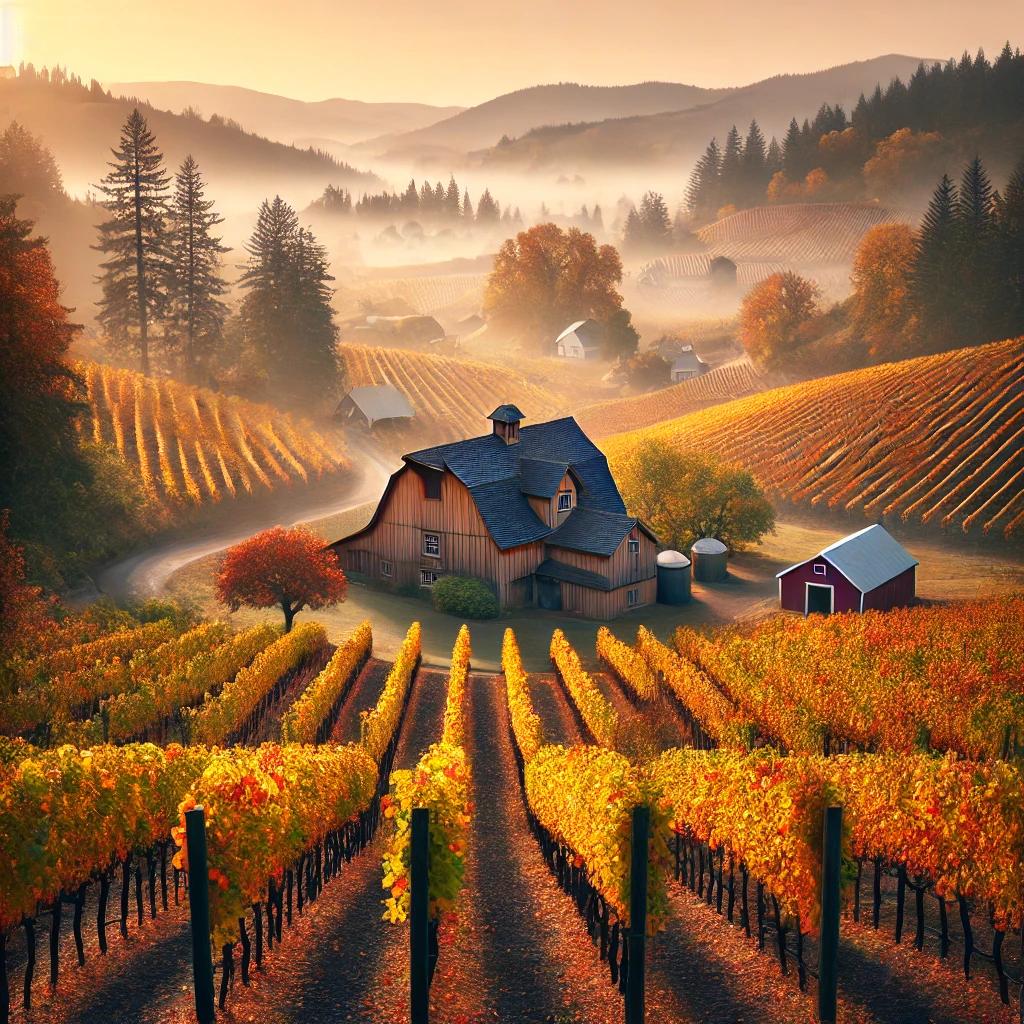 Lighter style reds have a great deal of versatility and are perfect for those that have a sensitivity to higher tannin wines. Pinot Noir exemplifies this style with its low astringency and easy drinking character. Although Pinot sees vineyard area all over the world, my favorite domestic region remains Willamette Valley, Oregon. They seem to convey a freshness with their crunchy acidity while dazzling your palate with complexity of red fruits, dried herbs, and an inexplicable earthiness akin to walking through a forest after a rainfall.
Lighter style reds have a great deal of versatility and are perfect for those that have a sensitivity to higher tannin wines. Pinot Noir exemplifies this style with its low astringency and easy drinking character. Although Pinot sees vineyard area all over the world, my favorite domestic region remains Willamette Valley, Oregon. They seem to convey a freshness with their crunchy acidity while dazzling your palate with complexity of red fruits, dried herbs, and an inexplicable earthiness akin to walking through a forest after a rainfall.
For the adventurous wine drinker, I recommend taking a jaunt to the beautiful Italian region of Alto Adige. Nestled in the alpine-landscaped northeastern portion of Italy, this area has long been associated with aromatic white wines. The indigenous red varieties, however, are often overlooked.
Alto Adige Schiava
The Schiava (ski-ah-vah) grape, aka Vernatsch in German, has the distinction of being the lightest of the reds offered here. Earliest historical references of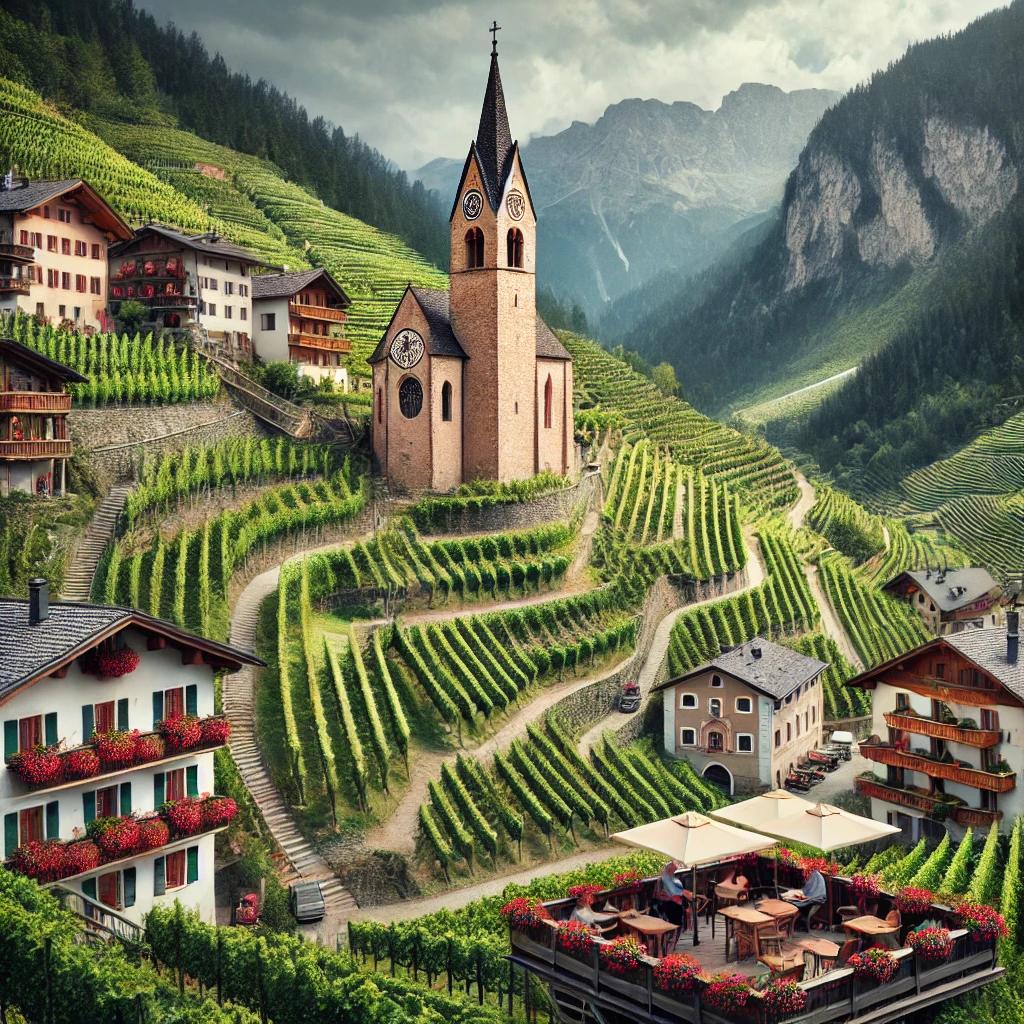 this variety date back to the 13th Century, so referring to it as “indigenous” can be deemed an understatement. The wines made from Schiava tend to be lighter in body with little tannin or astringency, showcasing aromas of candied raspberry, violet, and even a smoky note at times. One sip will have you wondering how you’ve never experienced this wine before now. So, you better buy two bottles, one for you and one for your gifting.
this variety date back to the 13th Century, so referring to it as “indigenous” can be deemed an understatement. The wines made from Schiava tend to be lighter in body with little tannin or astringency, showcasing aromas of candied raspberry, violet, and even a smoky note at times. One sip will have you wondering how you’ve never experienced this wine before now. So, you better buy two bottles, one for you and one for your gifting.
Paso Robles Cabernet Sauvignon
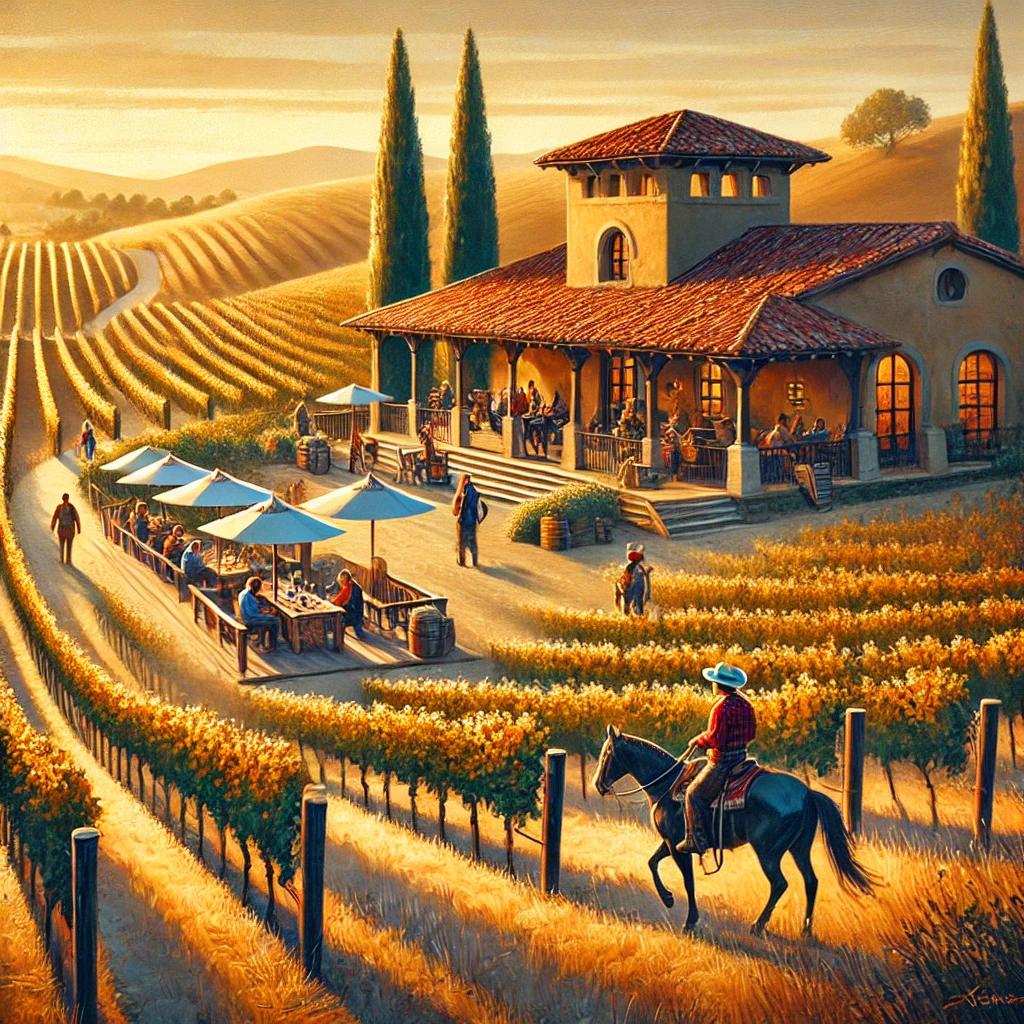 For those on your list that are big, bold red drinkers, you have a myriad of possibilities on the domestic side alone. Some of these producers have a strong brand recognition (like California Cabernet Sauvignon) and command pricing a bit higher than their wines are drinking. For this reason, going with grape recognition, and moving slightly away from branded designer wines will keep your gift recipient happy and your wallet a bit less light. You will still get that opulent fruit and tannin structure, often with some pepper spice, without having to spend upwards of $200 a bottle.
For those on your list that are big, bold red drinkers, you have a myriad of possibilities on the domestic side alone. Some of these producers have a strong brand recognition (like California Cabernet Sauvignon) and command pricing a bit higher than their wines are drinking. For this reason, going with grape recognition, and moving slightly away from branded designer wines will keep your gift recipient happy and your wallet a bit less light. You will still get that opulent fruit and tannin structure, often with some pepper spice, without having to spend upwards of $200 a bottle.
Austrian, Blaufränkisch
If gifting to a wino who has a willingness to experience new varieties and regions, then they will be aptly rewarded for their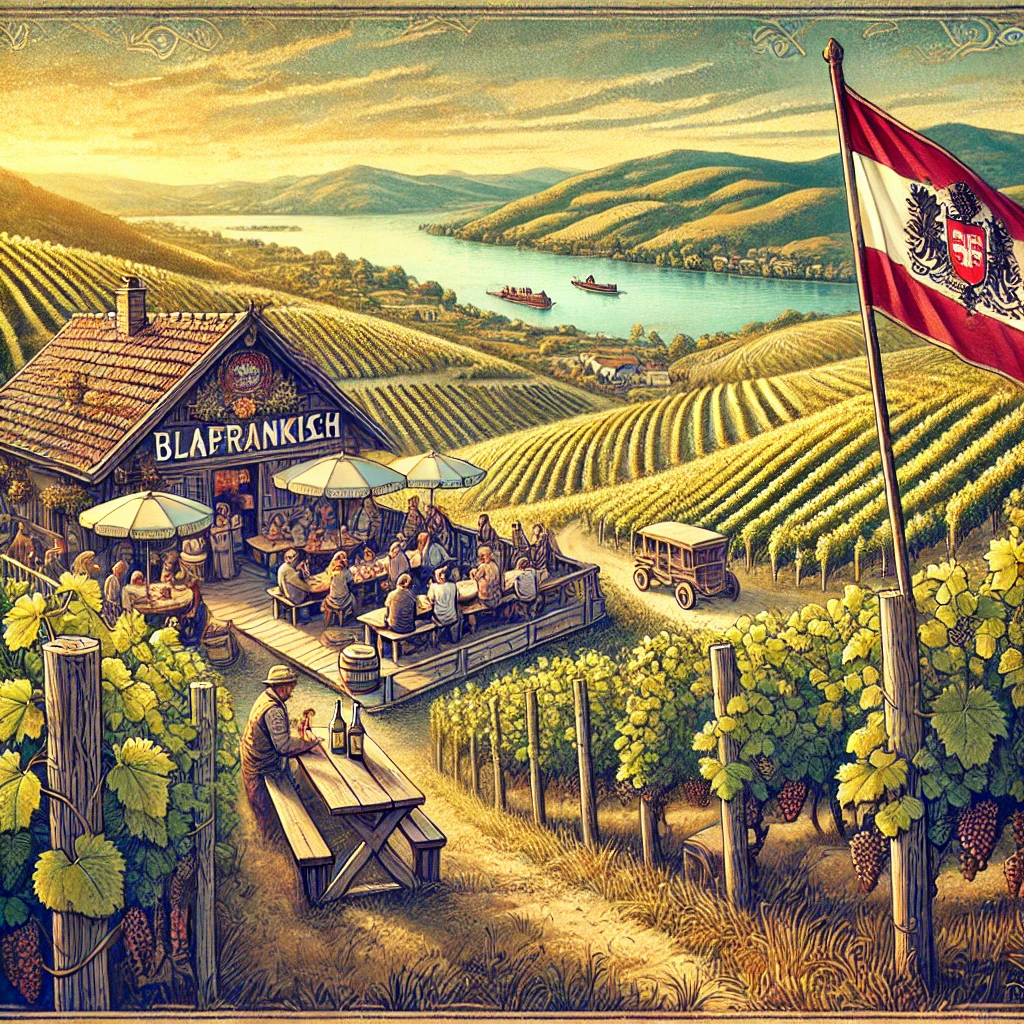 philosophy. Blaufränkisch is the second most planted red grape in Austria, its native home. The grape can be found in multiple countries under numerous other pseudonyms: in Hungary as Kékfrankos, Italy as Franconia Nera, Germany and the United States as Lemberger along with other central and eastern European countries.
philosophy. Blaufränkisch is the second most planted red grape in Austria, its native home. The grape can be found in multiple countries under numerous other pseudonyms: in Hungary as Kékfrankos, Italy as Franconia Nera, Germany and the United States as Lemberger along with other central and eastern European countries.
Although overcropped for many years producing quaffable reds, some of Austria’s quality-driven producers have changed the stigma attached with this variety. Well-made examples show wines that are dark-fruited, peppery, firmly structured and age worthy. There is an associated danger that this wine becomes your friend’s (and your) weekend red wine of choice, especially since most of us cannot drink those high-dollar California cult Cabernets as our backyard grill wines.
As you peruse you favorite online wine retailer or local juice pusher, keep these wines in mind, regions and styles to facilitate your Holiday gifting. In the event you feel compelled to expand your list to include your favorite wine writer, any or all of the suggested selections would more than suffice. Know that I am humbled by your generosity. Wishing you and yours a safe, happy and bountiful Holiday season.
Suggested Wines
Famille Hugel, Classic, Riesling, AOC Alsace, Blanc, 2022 ($25)
The nose has elegant orchard fruit (apple, pear, white peach), evident classic petrol nuance, and a blossom note (orchard versus lime blossom). The dry palate has a slight perception of a candied fruit, a mouthwatering acid core, and the same orchard fruit (green and fuji apple, pear), petrol element, and a citrus fruit (lime and lime zest). The finish is complex and prolonged with an interesting tart and bitter fruit skin element. Pair with white fish (grilled or fish tacos), pork (sausages, charcuterie), aromatic Asian cuisine.
2018 Pierre Sparr Gewurztraminer Mambourg Grand Cru ($45)
The nose boasts overt aromatics of lychee, rose petal, banana and honeycomb. The palate is off dry with a viscous body and a subdued perception of acid. The slight residual sugar gives a candied note to the fruit and further brings the honeycomb element to the forefront. The finish is complex and pleasantly lingering. Try with spicy Thai / Indian foods, blue cheese, and sauerkraut dishes for a whole new pairing experience.
Soter Mineral Springs Ranch Pinot Noir 2022 Yamhill-Carlton, Willamette Valley ($80)
One first notices the enticing aromas of red fruit (cherry, raspberry), plum, spice (white pepper), earthy (forest floor), cedar chest and a slight floral note. The dry palate has a crescendoing acidity that carries with it a freshness. The tannins are noticeable but are positively contributory to the structure. There are flavors of red fruit (added cranberry and currant), spice, and tea made with dried herbs. Truly a great example of Pinot from the region. Pair with mushroom risotto, wild fowl, or quiet contemplation.
Abbazia di Novacella Schiava 2023 Valle Iscaro, Alto Adige ($22)
This interesting variety shows aromas of light candied red fruit (raspberry, cranberry, strawberry), orange peel, and freshly crushed woody herbs. The palate is light and dry with crunchy acidity and only a slight perception of mouth-friendly tannins. The palate keeps feeding you fresh red fruit and herbal notes all the way through the finish. Fun, chillable and crazy easy to drink. This will be your next favorite Pinot Noir alternative. Pair with herb crusted venison tenderloin, baked ham or hard cheeses (Pecorino Romano).
DAOU Reserve Cabernet Sauvignon 2021 Paso Robles, California ($60)
Sweet baking spices (nutmeg, allspice), dark fruit (black, berry), celery seed, mocha, sweet pipe tobacco build the complexity of aromatics on the nose. The palate is dry, with a strong acid core, sturdy but well integrated tannins that are polymerizing and creating a silky mouth feel. There are flavors of raspberry, blueberry, blackberry, baking spices carry through from the nose to the palate. The finish is long with fruit and spice contributing with a slight tannin bite on the finish. Season your cut of choice with salt and it will smooth out and offer even more complexity. Pair with grilled ribeye, standing rib roast or ossobuco.
Blaufränkisch “7301” K+K Kirnbauer 2021 Burgenland, Austria ($22)
Aromas of black cherry, blackberry, pepper spice, and dried mediterranean herbs and a slight coco powder note. The palate is dry, bright and fresh with a juicy fruit motif. The tannins are present but well integrated and not aggressive nor obtrusive. The fruit, pepper spice and herbal notes carry through to the palate and all contribute to the finish. Pair with traditional goulash, duck breast, or venison au poivre.

